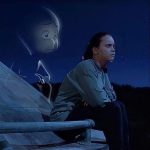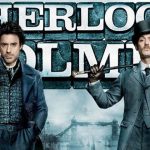The godfather (1974)
- fanmovies
- August 17, 2024
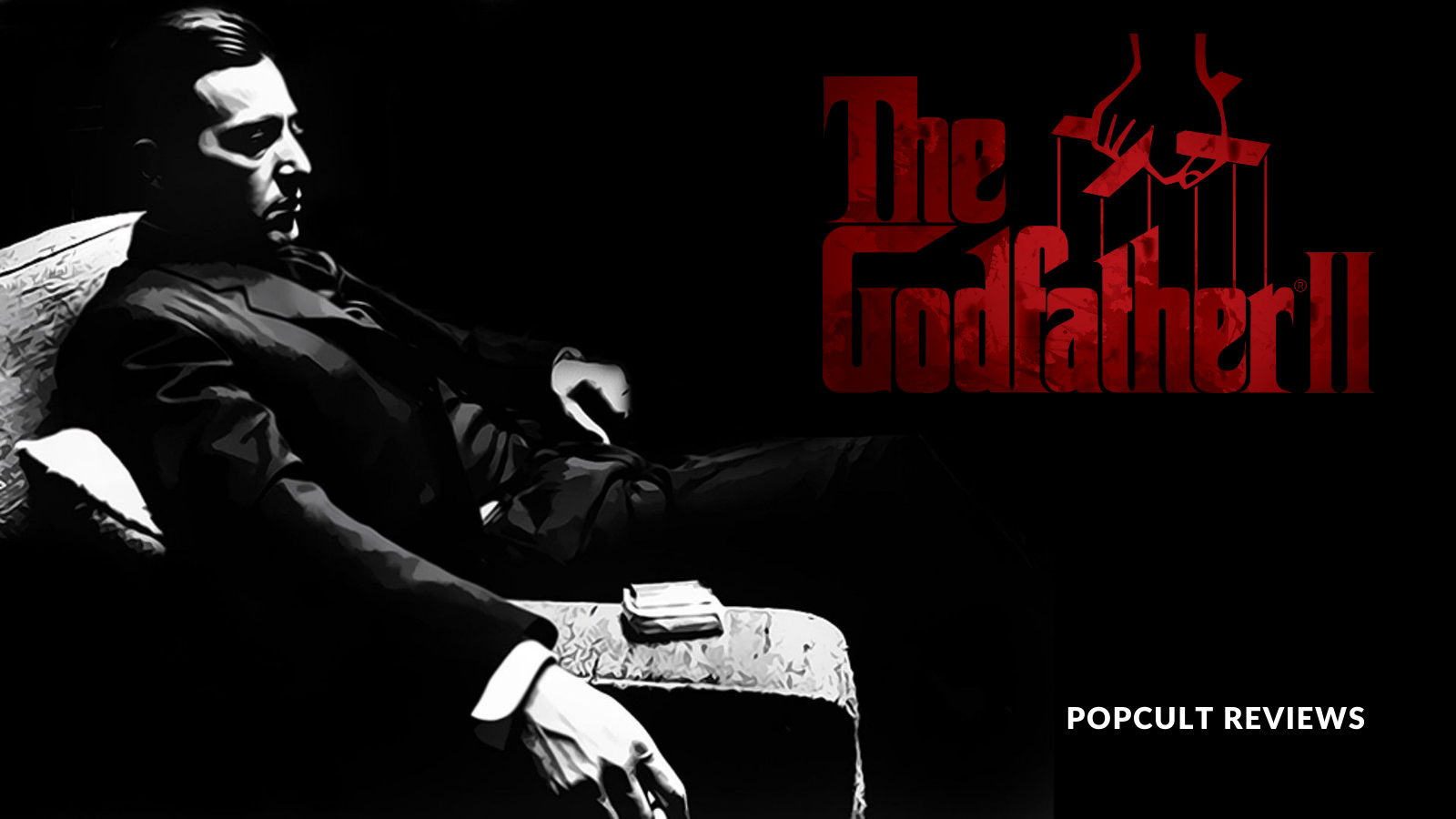
The Godfather Part II (1974), directed by Francis Ford Coppola and based on a story by Mario Puzo, is the sequel to the critically acclaimed The Godfather (1972). Often regarded as one of the greatest films in cinema history, it is celebrated for its deep, complex narrative and rich character development. Here’s a review of this influential sequel:
Plot and Characters
The Godfather Part II continues the story of the Corleone family, shifting between two timelines:
- The present timeline follows Michael Corleone (Al Pacino) as he consolidates power within the family business and deals with internal and external threats. As Michael becomes increasingly ruthless in his quest to secure his family’s position, the film explores his transformation from a reluctant heir to a formidable crime lord.
- The past timeline provides a backstory for Vito Corleone (Robert De Niro), depicting his rise from a young immigrant in Sicily to a powerful mob boss in America. This storyline explores Vito’s early struggles, his rise to power, and the foundations he laid for the Corleone family empire.
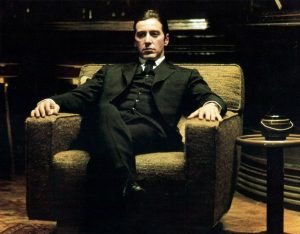
Performances
- Al Pacino delivers a powerful performance as Michael Corleone, portraying his character’s moral decay and growing sense of isolation. Pacino’s nuanced portrayal captures the complexities of Michael’s character, showcasing his internal conflict and the consequences of his choices.
- Robert De Niro, in an Oscar-winning role, plays a young Vito Corleone with subtlety and depth. His performance provides a poignant contrast to Marlon Brando’s portrayal in the original film, offering insight into Vito’s character and motivations.
- Diane Keaton, Talia Shire, and James Caan also reprise their roles, adding continuity and depth to the family dynamics.
Direction and Writing
Francis Ford Coppola’s direction is meticulous, crafting a film that is both a continuation of the original story and a standalone masterpiece. The screenplay, co-written by Coppola and Mario Puzo, is intricate and rich, weaving together themes of power, betrayal, and family loyalty.
The narrative structure, which intercuts between the two timelines, adds layers of depth to the story and allows for a comprehensive exploration of the Corleone family’s legacy.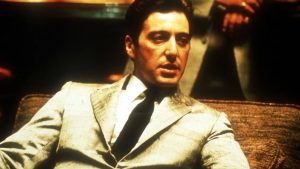
Cinematography and Score
- Gordon Willis, the cinematographer, continues his work from the first film with his distinctive use of shadow and lighting, which enhances the film’s dramatic and atmospheric tone.
- Nino Rota’s score, along with additional music by Carmine Coppola, complements the film’s mood and themes. The score helps to underscore the emotional weight and tension throughout the film.
Themes and Impact
The Godfather Part II delves into themes of power, family, and the corrupting influence of ambition. It explores the cyclical nature of power and corruption, examining how the sins of the past impact future generations. The film’s portrayal of Michael Corleone’s descent into moral ambiguity and Vito Corleone’s rise to power provides a comprehensive view of the Corleone family’s complex legacy.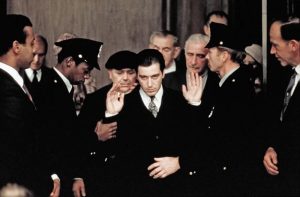
Reception
The Godfather Part II was both a critical and commercial success. It won six Academy Awards, including Best Picture, Best Director for Coppola, and Best Supporting Actor for De Niro. The film is widely regarded as one of the greatest sequels ever made and is praised for its storytelling, performances, and thematic depth.
In summary, The Godfather Part II stands as a monumental achievement in film. It expands upon the original’s themes and characters while presenting a richly detailed and compelling narrative. Its exploration of the Corleone family’s saga continues to captivate and influence audiences and filmmakers alike.
